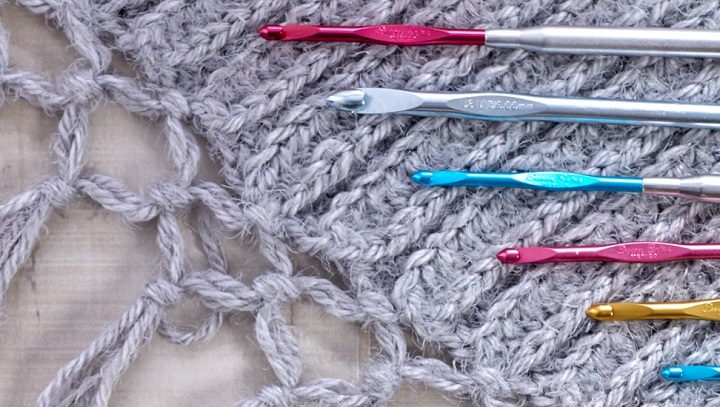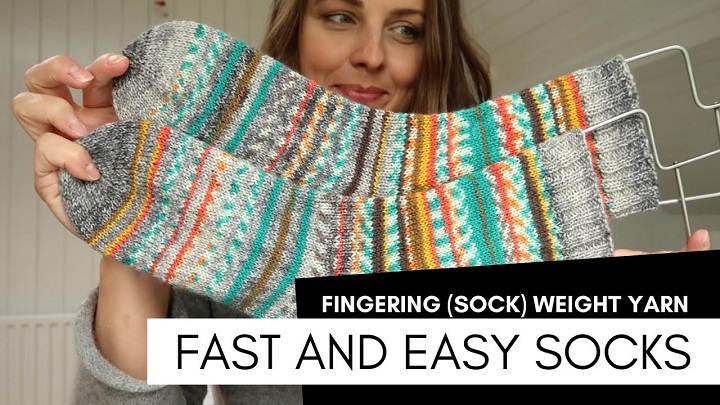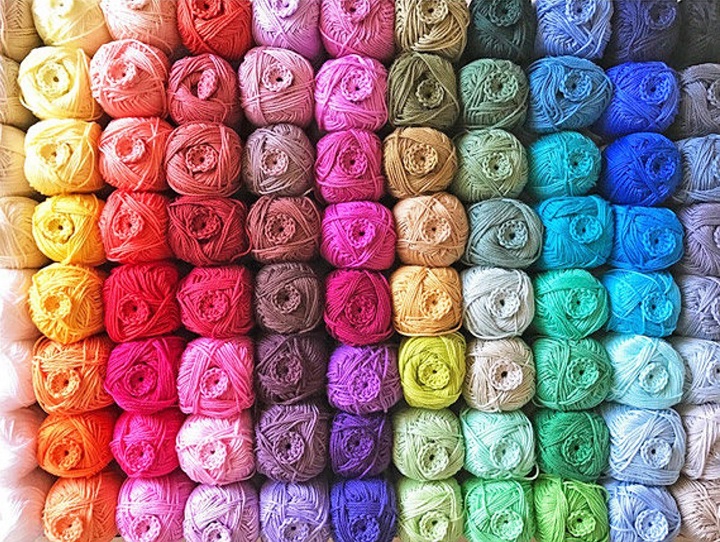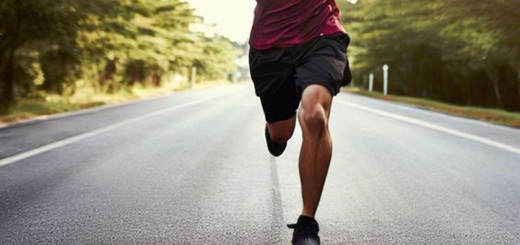How to Choose the Right Yarn for Your Socks Knitting Project
Knitting is a fun and creative hobby. The repetitive movements induce a form of meditation similar to mindfulness, which helps to reduce stress and anxiety. It’s beneficial for both young and older people, helping the former to learn focus and concentration, and keeping Alzheimer’s at bay for the latter. It simply offers a calming influence for those who really need it. And the creation of fashionable pieces and accessories as final results is a well-deserved reward.

Souce: www.yarnspirations.com
Making socks is one of the most popular knitting projects. Those hooked on this hobby know how important choosing the right hooks and the right sock yarn is. Your choice of sock yarn can be the difference between a pair of socks that you love to wear, and a pair that goes unworn or end up in the bin. If you’re looking to buy sock yarn online, there’re a few features you need to consider to make a good purchase. The sock yarn weight, fibre and colour can have a huge impact on your final result, which is why you need to choose your yarn wisely.
How Do You Choose Yarn for Socks?
Experienced knitters know that the yarn you pick affects how the finished object fits, looks, and performs over time. When it comes to picking out yarn for socks, there’re some particular qualities to look out for and some things to avoid so that your lovingly handmade socks spend more time on your feet than at the back of the drawer.
Fibre
Socks need to withstand a lot of fraction and a lot of washing. They also need to keep you warm during the cold months. Natural fibres are usually the best choice when it comes to sock yarn, wool in particular. Wool is a breathable material known for its ability to regulate temperature. Wool socks can keep your feet warm in the winter and cool in the summer, which is very clever. 100% merino wool might be a good and affordable option that can make cables pop out for glorious texture. It doesn’t itch, smell or crease much and it’s also lightweight and keeps its shape. Merino wool is also superb for sweaters, shawls and other accessories.
If you’re allergic to wool, cotton might be your best yarn for knitting socks. It’s less durable and elastic than wool, so you might want to test different blends to find your favourite. Have in mind that wool might wear out quicker, especially when you do a lot of washing. That’s why most yarn sold as “sock yarn” tends to have a percentage of synthetic fibre, such as nylon or acrylic to it adds extra strength and durability.

Source: www.youtube.com
Blends
The most popular sock yarns among knitters are usually blends designed for a good balance of comfort and durability. Available in all-around versatile sock yarn weight with many uses, merino wool and nylon blends are a highly popular choice. The nylon percentage is between 10 % and 25 %, and in combination with superwash merino wool, it’s strong enough to use for hardwearing socks.
If you’re into pure sock knitting luxury, you can opt for a blend of 70% superwash merino, 20% cashmere and 10% nylon. The cashmere makes the socks extremely soft, suitable for even the most delicate baby skin. This yarn is bouncy and soft, perfect not only for socks but also for shawls, cowls, baby gifts or garments.
What Ply is Sock Yarn?
If you’re a beginner knitter, one of the most confusing terms you come across might be “ply” or “weight”. These terms both refer to the thickness of your yarn strand. Traditionally, ply described the number of threads used to make up the yarn strand. The most popular yarns for socks are 4 ply knitting yarns. These yarns are also known as fingering yarns, and they’re considered to be the darlings of the sock world. 4 ply yarn is a finer and often softer alternative to DK yarns. It works up into small, neat stitches, providing the level of intricacy needed to achieve impressive colour patterns.

Source: www.pinterest.com
Yarn Colour
Knitting socks is a great way to explore shades and colourways that you might never choose for other garments. And when it comes to sock yarn colour, you can choose from a plethora of options. The solid colours are a more classic choice, while the gradient options allow you to knit stripes and other fun patterns.
Pale and light colours might be a better choice for beginner knitters since you can easily see the stitches. However, they tend to show dirt and stain more quickly, which is why you should avoid them if you’re knitting boot socks for heavy hiking wear. Advanced knitters can choose any colour or dye style they like. Socks are one place it’s easy to go a little crazy, so experimenting with some out-there variegation can be a lot of fun. Speckles of socks are also very in. The specks can camouflage flecks of dirt, while the lighter colours let the stitchwork shine.
What About the Needles
When shopping for socks yarn, make sure to check the instructions. What type of needles you need depends on the stitch pattern used, style of garment and the density of fabric required. Normally, standard 4 Ply knitting types of wool and yarns are knitted on 3.25mm needles.






